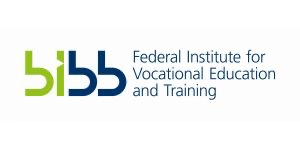An analysis of the content/skills emphasized in TVET programmes across ten European countries showed that the greatest increase in curricular focus was in ‘digital/computer skills’, with ‘depth of vocational expertise and specialization’ and ‘being able to work with others’ coming in second and third, respectively. (Cedefop 2022)
Despite increased TVET emphasis on digital/computer skills, a significant proportion of TVET teaching staff across Europe lacked digital/ICT skills in the runup to the COVID-19 pandemic. 59% of UK training providers surveyed in 2018 reported urgently needing training on how to use digital tools and technologies for teaching and learning, while over one-third of European TVET providers reported never having used online and/or offline distance learning for delivering courses or trainings prior to the pandemic. (Trends mapping study: Digital skills development in TVET teacher training, UNESCO-UNEVOC 2022)
Changes in TVET curricula and training regulations require teachers and in-company trainers to stay abreast of new developments in technology and to undergo training to adapt to their new roles as facilitators of student learning, beyond their traditional roles as ‘sole transmitters of skills and knowledge’. A focus on modern, learner-centred teaching methods is required in staff training programmes. (Trends in New Qualifications and Competencies for TVET - Perspectives of the European UNEVOC Network, UNESCO-UNEVOC 2020)
To prepare learners for future competencies and industry requirements, TVET teaching staff must possess these essential competencies and qualities themselves.
(Trends mapping – Future of TVET teaching, UNESCO-UNEVOC 2020)




